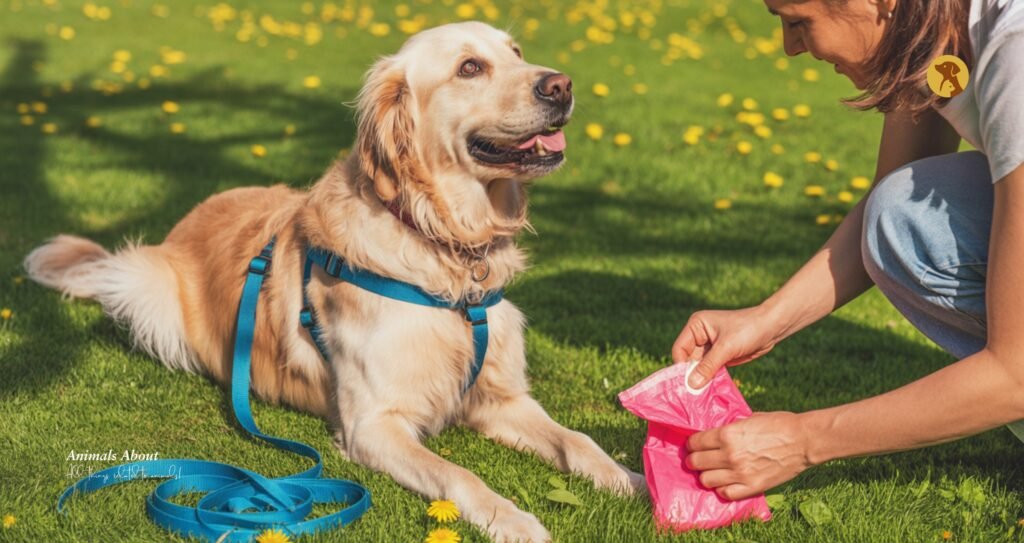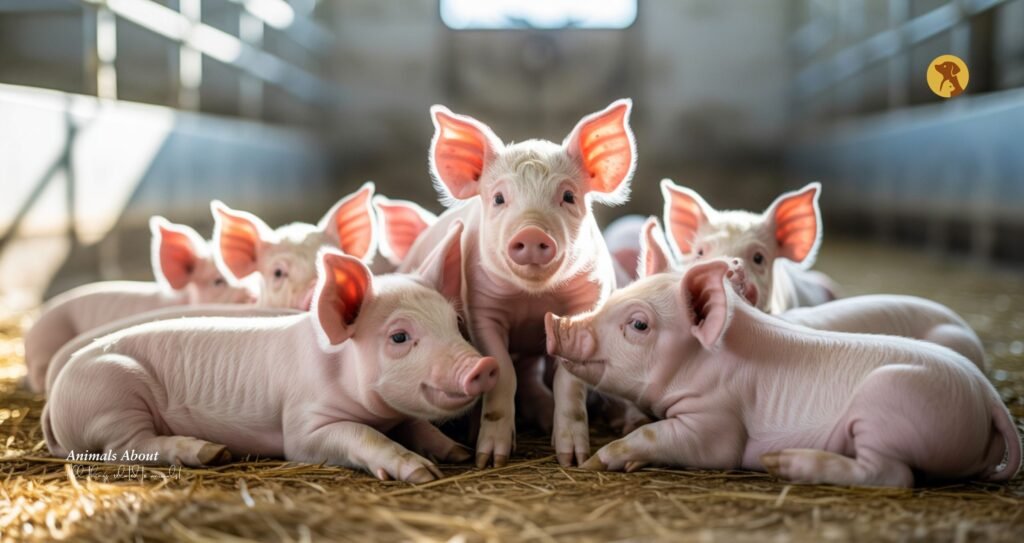Best Way to Potty Train a Rescue Dog: A Complete Guide

Bringing home a rescue dog is a beautiful act of kindness. You’re giving a dog a second chance at life, but that often comes with its own set of challenges—especially when it comes to housebreaking. Whether your rescue dog is a young pup or an older dog, potty training a rescue dog requires patience, consistency, and compassion. In this article, we’ll walk you through the best way to potty train a rescue dog, using positive reinforcement, proven methods, and realistic expectations. By the end, you’ll have a clear understanding of how to create a potty schedule for dogs, prevent accidents, and build a trusting relationship with your new furry friend. If your rescue dog also struggles with barking or other behavior issues, check out our guide on why dogs bark and how to manage it. Why It’s Different to Potty Train a Rescue Dog Rescue dogs often come from a variety of backgrounds. Some may have been stray dogs, others might have spent time in shelters, and many have faced trauma or neglect. That means your dog might not have had the chance to learn basic bathroom rules before. It’s essential to know that house training setbacks in rescue dogs are completely normal. You might be dealing with a rescue dog peeing indoors, hesitation to go outside, or confusion over where it’s okay to potty. Understanding their background can help you approach training with empathy. Set Realistic Expectations When You Potty Train a Rescue Dog Before jumping into a training routine, it’s important to assess your dog’s age, previous training (if any), and temperament. Housebreaking older rescue dogs may take a little longer, but it is absolutely possible. 💡 Interesting Insight: Some adult rescue dogs may never have lived indoors, so the idea of not peeing on the carpet is brand new to them! Ask yourself: The answers to these will help you pick the best method for dog potty training in your specific situation. How to Create a Consistent Potty Schedule to Potty Train a Rescue Dog Consistency is key when it comes to rescue dog bathroom training. Dogs thrive on routine, and creating a daily schedule can dramatically improve potty success rates. Here’s a sample potty schedule for dogs: Signs your dog needs to go potty include sniffing the floor, circling, whining, or heading toward the door. Recognizing these signals can help prevent accidents. ⏰ Pro Tip: Set alarms on your phone for each potty break during the early days of training. Use Positive Reinforcement to Successfully Potty Train a Rescue Dog One of the most effective methods in teaching rescue dogs to go outside is through positive reinforcement potty training. When your dog successfully goes potty outside, immediately reward them with treats, praise, or a short play session. Rewards should be: Avoid punishments for accidents indoors. Scolding or rubbing their nose in it can lead to anxiety or fear. Instead, calmly clean up and continue with the routine. 🐾 Training Tip: Keep high-value treats by the door or in your pocket during potty breaks. Crate Training Tips to Help Potty Train a Rescue Dog Crate training a rescue dog can be incredibly helpful for housebreaking. A crate creates a safe space that mimics a natural den, and most dogs will avoid soiling their sleeping area. When used correctly, crate training can: To use a crate effectively: 🛏 Bonus Tip: Place a comfortable bed and safe chew toy in the crate to make it inviting. Supervision and Confinement Until your dog is fully house trained, supervision is critical. Use baby gates to limit access to parts of your home. This helps you monitor behavior and prevents your rescue dog from peeing indoors when you’re not looking. If you catch them mid-accident, calmly interrupt and take them outside immediately. Praise them if they finish outdoors. 🧼 Accident Cleanup Tip: Use an enzymatic cleaner to remove odors and prevent re-marking. Troubleshooting and House Training Setbacks Even with your best efforts, house training setbacks in rescue dogs can happen. Stress, changes in routine, or even health issues can cause regression. Don’t panic—just return to the basics. Common issues: When in doubt, revisit your schedule, increase supervision, and reward every success. If problems persist, consider consulting a certified trainer or vet. Bonus Tips: What Else Helps? ✅ Use clear verbal cues like “Go potty” every time you take them out. Eventually, they’ll associate the words with the action. ✅ Keep a potty log to track successes and accidents. It helps you spot patterns and adjust your schedule. ✅ Be patient—especially with adult dogs. Training an adult dog to potty outside may take longer than a puppy, but it’s very doable. ✅ Stick to one area at first. Take your dog to the same spot each time. The familiar scent can encourage quicker bathroom breaks. FAQ Disclaimer: This post is for informational purposes only and is not a substitute for professional training advice. Please consult with a certified dog trainer or your veterinarian for personalized guidance.
Pig Heat Stress Help: Best Ways to Protect Your Pigs From Dangerous Heat

Why Heat Stress in Pigs Is a Serious Concern Summer heat can be brutal—not just for people, but for pigs too. Unlike many animals, pigs have very limited ability to cool down on their own. They don’t sweat like humans, so they depend on their environment and your care to regulate their body temperature. Without help, pigs can suffer from heatstroke in farm animals, which may result in severe health issues or even death. Understanding how to offer Pig Heat Stress Help is essential for anyone who owns or works with pigs. Whether you’re raising pigs on a farm or caring for them as pets, being prepared for hot weather is critical. Caring for pigs in hot weather isn’t just a chore—it’s a responsibility. If you’re exploring livestock options or just getting started with farm animals, check out our guide to the Best Farm Animals to Raise — pigs are a great choice, but they require special summer care. Early Warning Signs: Pig Heat Stress Symptoms to Watch For Pig Heat Stress Help Before things get out of hand, pigs show signs that they’re struggling with the heat. Recognizing the heat stress symptoms in pigs is your first line of defense. Don’t ignore these red flags: Pigs suffering from pig panting and lethargy should never be left alone. Act fast to reverse the effects. Immediate care can mean the difference between recovery and tragedy. Why Summer Pig Hydration Is Crucial for Preventing Heat Stress When you see signs of overheating, start cooling down an overheated pig immediately. Move the pig to a shaded, well-ventilated area right away. If shade isn’t available, create one using tarps, umbrellas, or shade cloth. Then take these steps: These methods of Pig Heat Stress Help stress treatment can quickly bring the animal back from the brink. Never use ice water—it can cause shock. Consistency and care are key to saving the pig’s life. Why Pig Hydration in Summer Is Non-Negotiable Water is life—especially during the summer. Pig hydration in summer isn’t just about offering water, it’s about ensuring pigs drink enough and stay hydrated throughout the day. Dehydration speeds up the effects of heat stress. Follow these hydration tips: Pigs should never have to search for water. Keeping hydration easy and accessible helps reduce heat stress in pigs and supports better health overall. Top Cooling Methods for Pig Heat Stress Relief That Actually Work Every pig owner should be familiar with effective cooling methods for pigs. These are not luxury options—they’re survival strategies. Here’s what works best: Implementing several methods together creates a comfortable and safe environment. Don’t rely on just one approach. Provide Pig Heat Stress Help with Reliable Shade and Shelter Sun exposure is a major risk factor for overheating. Without proper shade and shelter for pigs, their internal temperature can skyrocket. The sun doesn’t just warm the air—it heats the ground too, and pigs often lie down to rest. Offer these solutions: Simple steps like these help immensely in preventing pig fatalities from heat. Pig Temperature Regulation: Know the Safe Range A pig’s normal body temperature ranges from 101.5°F to 103.5°F. If the temperature climbs over 104°F, your pig may be in danger. Over 106°F can lead to collapse or death. Always keep a digital rectal thermometer handy. Monitor pigs twice daily in summer—especially during heatwaves. Routine checks save lives and are a part of responsible pig temperature regulation. How to Prevent Heat Stroke in Pigs Before It Starts Prevention is the best cure. If you’re asking how to prevent heat stroke in pigs, the answer lies in your daily routines. With a few proactive changes, you can keep your pigs safe and healthy through the hottest months. Try these prevention strategies: Also, avoid transportation during midday heat. Travel can intensify stress and lead to rapid overheating. Summer Pig Care Tips You Shouldn’t Ignore Every summer brings its own set of challenges. Stay ready with practical summer pig care tips that keep your pigs happy and healthy. These tips are lifesavers for pigs and peace of mind for you. When to Seek Veterinary Help If your pig stops responding to cooling or remains lethargic after treatment, seek professional help. Emergency care for heat-stressed pigs may require intravenous fluids, medications, or hospitalization. Veterinarians can also guide you on long-term heat stress management. Schedule check ups before summer begins to catch health issues early. Disclaimer: This article is for educational purposes only. Always consult a licensed veterinarian for professional advice. Visit animalsabout.org for more trusted animal care information.
